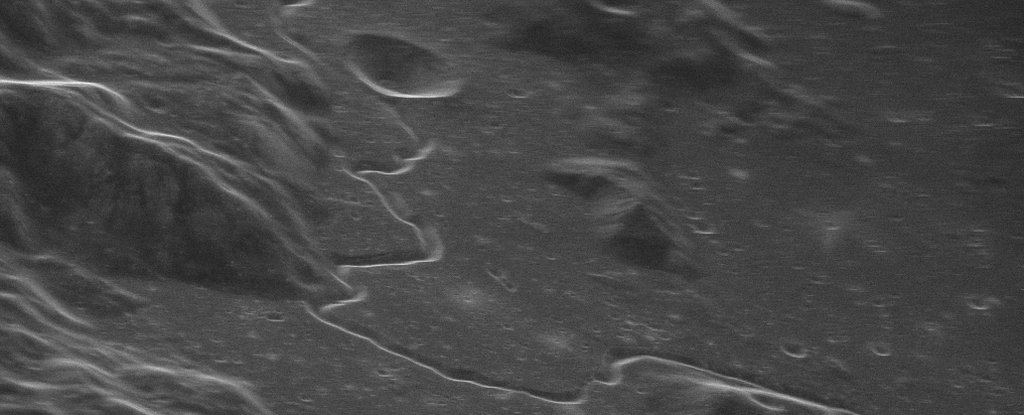
A test of a powerful new space imaging instrument gave us a gloriously detailed new perspective of the Apollo 15 moon landing site.
By bouncing a powerful radar signal off the lunar surface, the new instrument achieved spectacular resolution, displaying objects as small as 5 meters (16.4 feet).
Designed for the Green Bank Telescope in West Virginia by Raytheon Intelligence & Space, this proof of concept technology paves the way for even more powerful radar images in the future, potentially allowing scientists to study objects even as far away as Neptune.
Radar imagery of the moon is not a new idea, however. It is an extraordinarily useful tool for revealing fine structures on the surface and, at longer wavelengths, even for probing more than 10 meters below the surface to observe variations in regolith density (here on Earth, this technology can help us find buried ruins).
But the Green Bank Observatory, the National Radio Astronomy Observatory and Raytheon Intelligence & Space are trying to push the technology even further.
(Sophia Dagnello, NRAO / GBO / Raytheon / AUI / NSF / USGS)
During a test in November last year, the new transmitter sent a radar signal to the Moon, specifically targeting the Apollo 15 landing site, a small patch of the Moon, with a diameter of 3474, 2 kilometers (2158.8 miles), hundreds of thousands. miles away.
This signal, once recovered, was collected by the Very Long Baseline Array. This is a collection of radio telescopes in the United States, which basically combine to create a continent-sized collector plate.
The following image is the result. This slit in the upper center is a crater called Hadley C, about four miles wide. Winding past is the Hadley Rille, considered a collapsed lava tube.
(NRAO / GBO / Raytheon / NSF / AUI)
Believe it or not, however, it’s not even half. Now that they have successfully tested the concept, the team will be working on an even more powerful transmitter: a high-powered 500-kilowatt radar system that will allow them to see in even more incredible detail.
This tool would be useful for all kinds of science. We could see our Moon up close, of course. We could see the moons of other planets. It could even be used to image asteroids and space debris, which are too faint to be seen with optical telescopes, but which we can probe using radar technology.
This could help us better understand the population of objects, both natural and man-made, in near-Earth space, which in turn could aid planetary defense against potentially dangerous objects.
“The planned system will be a leap forward in radar science, allowing access to unheard of features of the solar system from here on Earth.” said Karen O’Neil, site manager of the Green Bank Observatory.
And if that gives us even more incredible images of the Moon, that’s what we’re here for.
.



